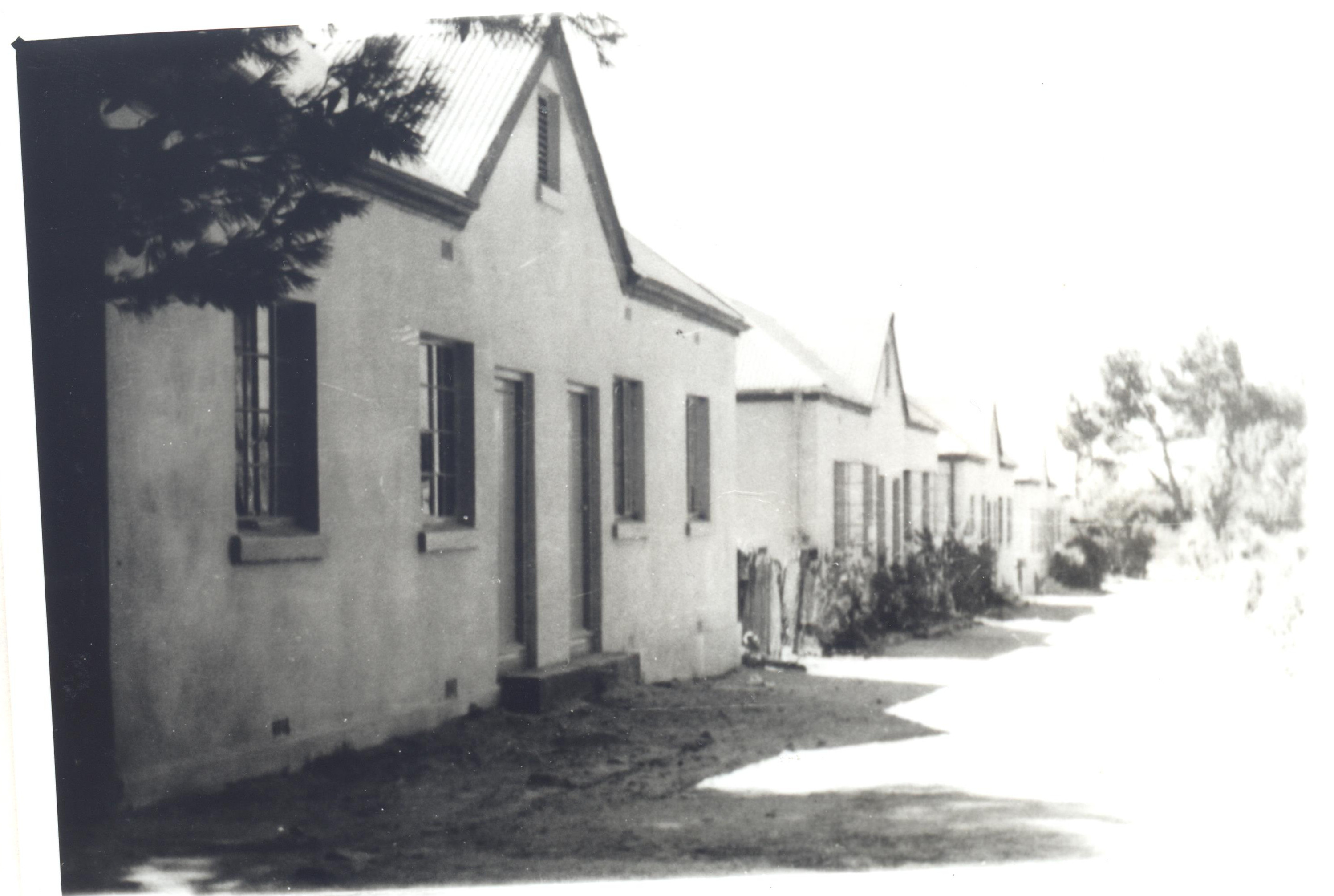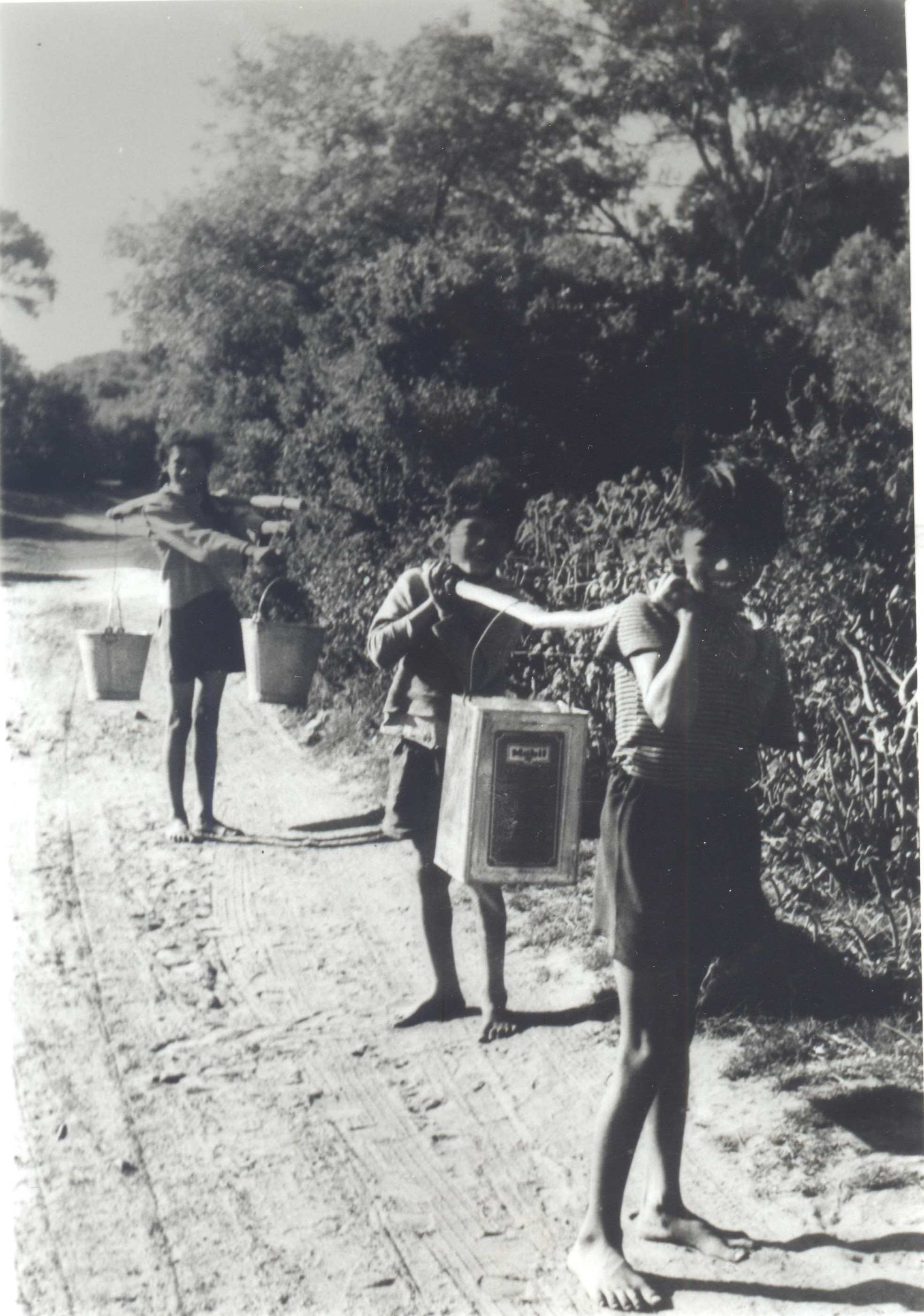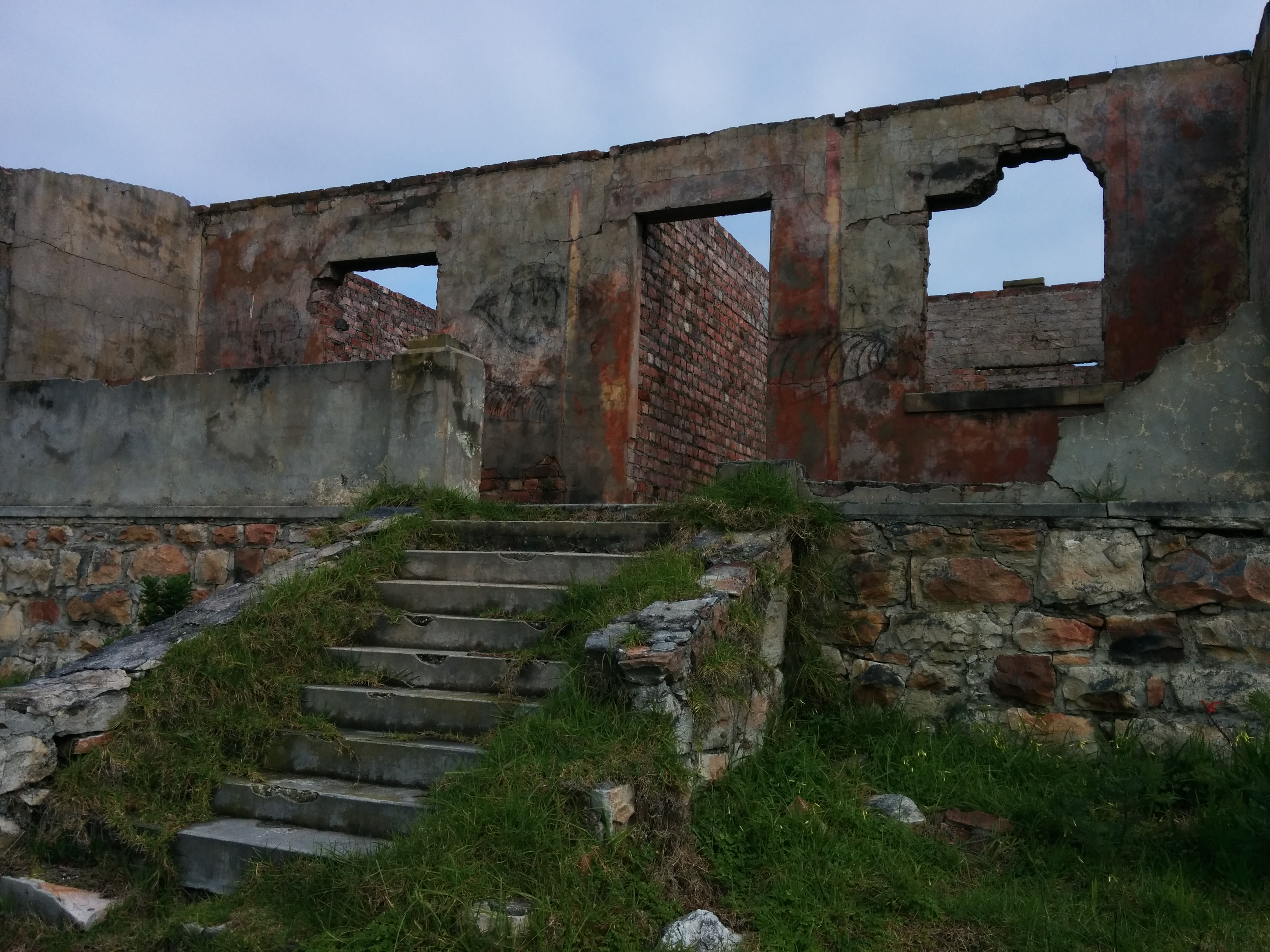View of Simon's Town from Pinehaven, from where George Lawrence's family was forcibly removed.
Photo by Masixole Feni.
View of Simon's Town from Pinehaven, from where George Lawrence's family was forcibly removed.
Photo by Masixole Feni.
There’s silence as Margaret Constant and her brother George Lawrence walk through lush Fynbos to the stone ruins of Redhill Village, the place they once called home.
Nestled in the mountains overlooking Simon’s Town, Redhill was once home to more than 70 predominantly coloured families, before they were forcibly removed from the area in the late 1960s.
“I was about nine-years-old. My parents got a letter and we were told that we couldn’t stay here anymore. I couldn’t understand why. To us, this was our home. I was heartbroken,” says Constant.
They were among thousands of families forced to leave their homes and relocated to barren land on the Cape Flats under the Group Areas Act.
Families were issued with a notice and given about a week to vacate their homes.
At the time, Redhill residents were told they were being moved to make way for the construction of a new dam. But this never happened.
The first people to leave Redhill were relocated to Heathfield and Retreat, while the rest were all moved to Ocean View, then known as Slangkop.
They were joined by people who were relocated from the surrounding Noordhoek areas.
Nearly 44 years later, Constant, 53, and Lawrence, 57, took GroundUp through the ruins in Redhill.
Margaret Constant sits on the steps of one of the ruined houses of her childhood.
Photo by Masixole Feni.
They both laughed while recalling fond memories of their childhood. Constant pointed out a small broken down structure that she proudly announced was once her grandmother’s house.
She recalls the grim morning in March 1970 when their family packed all their belongings into a truck and moved to a small two-bedroomed flat in Ocean View.
“My parents told us they got a letter to say they going to throw us out and we have to move to Ocean View. We didn’t know where the place was. We were told that if we didn’t move ourselves, other people will come and throw us out. We moved to a concrete jungle,” Constant says.
Many people in Simon’s Town and Glencairn were opposed to the removals, says Constant.
In the 1960s the Lawrence family had moved to municipal cottages --because their father worked for the municipality-- in an area a few hundred metres from Redhill now known as Pinehaven. Today Pinehaven is an affluent predominantly white area. Three years later they were forced to move.

Municipal cottages in the area now known as Pinehaven, where the Lawrence family had lived before they were forced to move from the area.
Photo courtesy of the Simon's Town Museum.
“We had big furniture that couldn’t fit into the tiny rooms of the flats [of Ocean View], so we had to leave a lot behind. The only thing we were excited about was having electricity and water running from the taps,” she said.
Constant, who is also an employee at the Simon’s Town Museum, says they found it difficult to adjust to life in the “sandy” village of Ocean View.
“The first thing I remember after moving to Ocean View was looking out of the window and seeing my first ever gang fight. I cried all the time. Every holiday we used to go [visit] my family because I didn’t want to be in Ocean View. The area was just sand. We still had to travel back over the mountain to Simon’s Town for work, school and church,” says Constant.
She says the close-knit community of Redhill never fell short of daily necessities.
“We had livestock including cows and pigs with orchards of fruit trees and vegetables growing in our gardens. Even though we had to carry water and wood for far distances, it was never seen as a chore because you were free to play in the veld. The community was very close. Most of my aunts and uncles lived nearby,” she says.

A young George Lawrence, Samuel Campbell and Daphne Brooks carrying water several hundred metres to their homes in Redhill.
Photo courtesy of the Simon's Town Museum.
Most of the men either worked for the municipality or in the naval dockyard and the women who worked, traveled to the factories in areas like Wynberg.
Now, married with their own families, Constant and her brother are among several other Redhill families fighting for restitution.
In 1994, when some of the Redhill residents, including the Lawrence family, enquired about the land, they were told it had been earmarked for a golf course.
However, this too did not materialize.
A large part of Redhill is now owned by SANParks.
Some of the ruined houses of Redhill.
Photo by Masixole Feni.
“Three of my mom’s sisters have already been paid out, but we want land restitution. We put in our claims the first time and they lost our papers in the civic centre. Now, we have to start the process all over again with the new land claims process. The Methodist church is also fighting to get their land back to build a youth camp,” she says.
In his budget vote speech to Parliament last week, Rural Development and Land Reform Minister Gugile Nkwinti announced that more than 3,000 claims were lodged almost a month after the government re-opened the land claims window on 1 July this year.
The first period was opened between 1994 and 1998. While many claims were made and settled, a large number of people said they were not aware of the process and as a result, missed the initial deadline. Now, people have until 30 June 2019 to lodge their complaints. Several Redhill families plan to lodge claims.
“District Six gets so much attention and people easily forget that we also lost a lot. The only difference is that those people were scattered and we were [mostly] moved to one place. You can go into Ocean View today and still find our families living there,” she said.
While sitting on the steps of one of the ruins, Constant says she still becomes very emotional to tell tourists and schools visiting the [Simon’s Town] museum about being thrown out of her childhood home.

One of the most prominent of the ruined houses.
Photo by Nathan Geffen.
During our brief visit to the ruins, her brother George navigated us through pathways of shrubbery they used as children.
Higher up the hill, above the ruins, we reach an old graveyard. It had weathered tombstones still intact that dated back to the 1800s.
“Most of our parents who are now in their late 70s or over 80 were born in Redhill. Living in Ocean View more than 40 years later, it’s still not home. We want to go back and live in Redhill. There are now two dams including Kleinplaas nearby for water and there’s electricity so we won’t struggle going back,” he says.
Every Heritage Day, the Lawrence and other Redhill families gather at the ruins to celebrate their history.
“Lucky for us, no one built on the land during apartheid. A group of us often go up there just to relax. A lot of people are still emotional about what happened. Stories are told to grandchildren. And because the ruins are still here, they get to come back and visit,” he says.